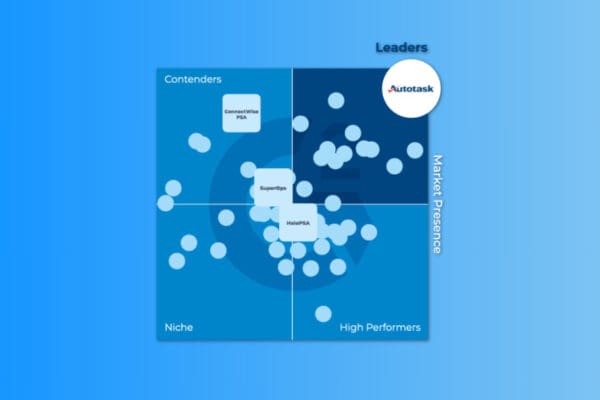Data Replication: Array vs. Host vs. Network
When it comes down to it, your business’ data replication strategy will be a key factor in data recovery after a disaster strikes. And having a clear understanding of the different types of data replication will help you make the decision that is right for your organization’s Disaster Recovery Plan.
One of the quickest ways for a business to ruin its hard-earned reputation is with prolonged downtime after a disaster, as it struggles to recover mission-critical data.
Preparing yourself with the right data replication strategy will make all the difference. In this article, we will discuss the three different types of data replication strategies you should consider when implementing a data backup and business continuity plan.
What Is Array-Based Data Replication?
An array-based data replication strategy uses built-in software to automatically replicate data. With this type of data replication, the software is used in compatible storage arrays to copy data between each. Using this method has several advantages and disadvantages.
Advantages:
- More robust
- Requires less coordination when deployed
- The work gets offloaded from the servers to the storage device
Disadvantages:
- Requires homogenous storage environments: the source and target array have to be similar
- It is costly to implement
What Is Host-Based Data Replication?
Host-based data replication uses the servers to copy data from one site to another site. Host-based replication software usually includes options like compression, encryption and, throttling, as well as failover. Using this method has several advantages and disadvantages.
Advantages:
- Flexible: It can leverage existing IP networks
- Can be customized to your business’ needs: You can choose what data to replicate
- Can create a schedule for sending data: allows you to throttle bandwidth
- Can use any combination of storage devices on each end
Disadvantages:
- Difficult to manage with a large group of servers if there is no centralized management console
- Consumes host resources during replication
- Both storage devices on each end need to be active, which means you will need to purchase dedicated hardware and OS
- Not all applications can support this type of data replication
- Can be affected by viruses or application failure
Host-based replication offers the safest option if a business is looking for close to zero impact on operations after a disaster.
What Is Network-Based Data Replication?
Network-based data replication uses a device or appliance that sits on the network in the path of the data to manage replication. The data is then copied to a second device. These devices usually have proprietary replication technology but can be used with any host server and storage hardware.
Advantages:
- Effective in large, heterogeneous storage and server environments
- Supports any host platform and works with any array
- Works separately from the servers and the storage devices
- Allows replication between multi-vendor products
Disadvantages:
- Higher initial set-up cost because it requires proprietary hardware, as well as ongoing operational and management costs
- Requires implementation of a storage area network (SAN)
Businesses must consider their disaster recovery needs to choose and implement the right data replication strategy for business continuity planning. Choosing the correct approach can mean the difference between a successful recovery plan and a plan that results in costly downtime and loss of reputation.




